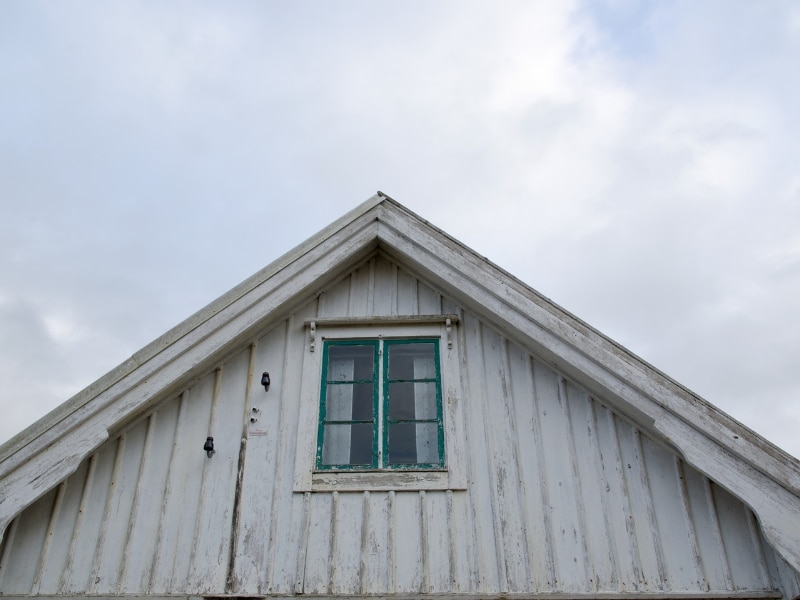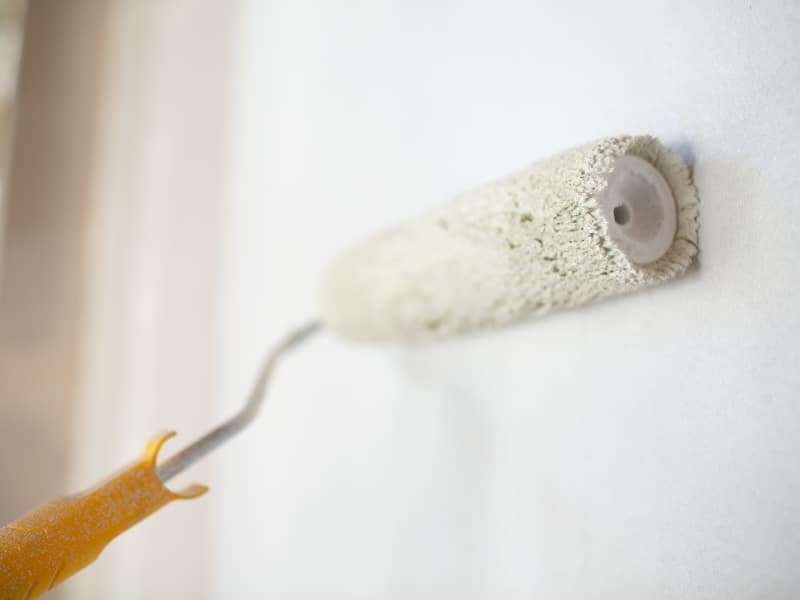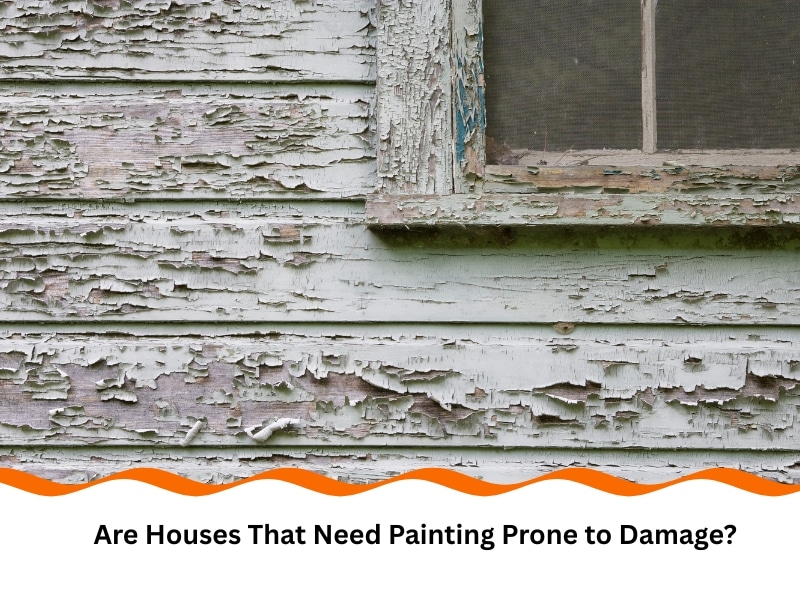Sydney’s weather isn’t kind to buildings. From salty sea air to intense summer sun, the elements quickly wear down unprotected surfaces. Houses that need painting face even greater risks — not just to their appearance, but to their structural integrity. Ignoring the signs of paint failure can lead to more than just peeling walls. This article explores the damage risks and explores effective steps to protect Sydney homes that show signs of paint deterioration.
What problems do houses that need painting face in Sydney?
Sydney homes are exposed to dramatic swings in the climate. That constant pressure shows first in failing paint, but it doesn’t stop there. You’re likely to face:
- Peeling and bubbling paint, especially on weatherboards or eaves, where exposure to sun and rain is heaviest.
- Timber rot occurs where paint no longer seals moisture out, causing long-term damage to fascia boards and structural framing.
- Mould and mildew build up on unsealed surfaces, particularly in shaded or damp areas where moisture lingers.
- Rusting metalwork around flashings, gutters, and railings can weaken the structural integrity and require costly replacement.
Once paint starts to fail, other materials soon follow. What appears to be a minor issue can develop into a significant headache if left unaddressed. Preventive maintenance isn’t just smart, it’s essential in Sydney’s coastal and high-UV zones.
How can you identify houses that need painting before it’s too late?
Most homes show early signs well before the damage gets serious — but only if you know what to look for. Watch for:
- Faded or patchy colour on north-facing walls, where the sun is most intense throughout the day.
- Hairline cracks near windows and joins in timber, often signalling deeper water ingress or movement.
- Soft or swollen wood at the base of weatherboards and under sills, indicating trapped moisture behind old paint.
- Powdery residue on the wall when you brush it is a sign of chalking, indicating that the paint is breaking down due to UV exposure.
These clues don’t just help with timing. They also shape the cost and scope of repainting. Homes with early attention require less repair and prep, which often means lower total expense. Understanding the factors influencing the cost of painting houses in Sydney gives you better control over timing and budget.

Why do houses that need painting deteriorate faster in Sydney’s weather?
Sydney’s mix of ocean air, strong sun, and heavy rainfall creates perfect conditions for rapid deterioration. Paint isn’t just decorative — it’s the home’s outer armour. The climate accelerates issues such as:
- UV degradation, which weakens paint binders and leads to cracking, fading, and a brittle finish.
- Salt intrusion, a common phenomenon in coastal areas, corrodes fasteners and penetrates timber, leading to structural softening.
- Rain-driven leaks where paint has failed around joins or flashings, leading to damp plaster and mould inside the walls.
- Thermal movement that causes timber to swell and shrink, opening gaps that let in moisture and pests.
It’s no surprise that many local homes show wear faster than expected. Understanding the importance of durable paint for homes exposed to Sydney’s climate helps explain why some coatings fail early and others endure.
Climate Factor | Effect on Paint | Long-Term Impact on Home |
High UV exposure | Breaks down surface layers | Cracking and peeling |
Coastal salt air | Corrodes metals, weakens timber | Rust and timber decay |
Sudden rainfall | Penetrates gaps and cracks | Water damage and mould |
Temperature changes | Expands/contracts surfaces | Paint delamination and warping |
What are the best solutions for treating faded exterior paint?
Once the paint has faded, simple touch-ups won’t cut it. Effective treatment means addressing the whole surface and the layers beneath. Proven solutions include:
- Stripping or sanding damaged areas to create a clean surface to which new paint can properly adhere.
- Using a primer-sealer that bonds with weathered substrates and blocks stains or moisture seepage.
- Applying breathable exterior paints that allow trapped vapour to escape while protecting the surface.
- Matching coatings to material type, e.g., masonry-specific paints for rendered walls or high-adhesion primers for old timber.
Getting it right means investing a bit more upfront. In return, you avoid peeling within a year or two and reduce the risk of timber damage or costly fixes.
Homes in exposed areas benefit most when you find quality solutions for houses that need painting in Sydney that prioritise longevity and weather resistance.
How can surface prep techniques improve paint durability in Sydney homes?
Paint is only as good as the prep underneath. This is where many jobs, especially DIY efforts, fall short. Effective prep includes:
- Sanding to bare timber or masonry, especially if old paint is flaking.
- Filling cracks and joins to block moisture entry.
- Priming porous surfaces so topcoats adhere evenly and last longer.
- Cleaning thoroughly with mould killers and degreasers before the first coat.
Skipping any of these steps usually shortens the life of the finish. Worse still, you may trap moisture inside. If the home is older, take the time to assess the environmental risks associated with lead paint, especially before sanding or stripping.

Which common errors delay maintenance on Sydney homes?
Delays often come from simple oversights or poor advice. Unfortunately, they lead to much bigger problems down the track. These common issues crop up regularly:
- Relying on visual inspection only, without probing for soft spots or checking moisture levels in suspect areas.
- Using indoor paint outdoors, which cannot withstand the heat, moisture, or UV, will cause it to blister quickly.
- Skipping undercoats, especially on patched or uneven surfaces, results in uneven colour and poor adhesion.
- Painting in unfavourable conditions, such as direct sunlight or high humidity, affects both curing time and durability.
Each mistake shortens the paint’s life and invites issues like peeling, mould, or dampness. Even small errors can lead to significant expenses later.
What lasting benefits come from restoring houses that need painting?
Beyond the obvious visual upgrade, repainting brings real structural and long-term gains, especially when done properly. You can expect:
- A sealed exterior that protects against moisture and pests.
- Improved energy efficiency, with heat-reflective paints and reduced leaks.
- Greater longevity for trims and cladding, with reduced rot or rust.
- Higher property value, especially with modern colour schemes and finishes.
It’s a smart move that protects both the function and value of your home.
Final thoughts
Staying ahead of paint deterioration isn’t just about appearance — it’s about protecting the structure and comfort of your home. Sydney’s weather will keep testing your exteriors, so tackling faded or peeling paint early is always the better move. When done right, a fresh paint job shields against moisture, improves thermal control, and restores lasting value.
If you’re considering next steps or need help with older surfaces, connect with the team at Sydney Paintmasters to explore your options and ensure you’re making decisions that stand up to local conditions.

